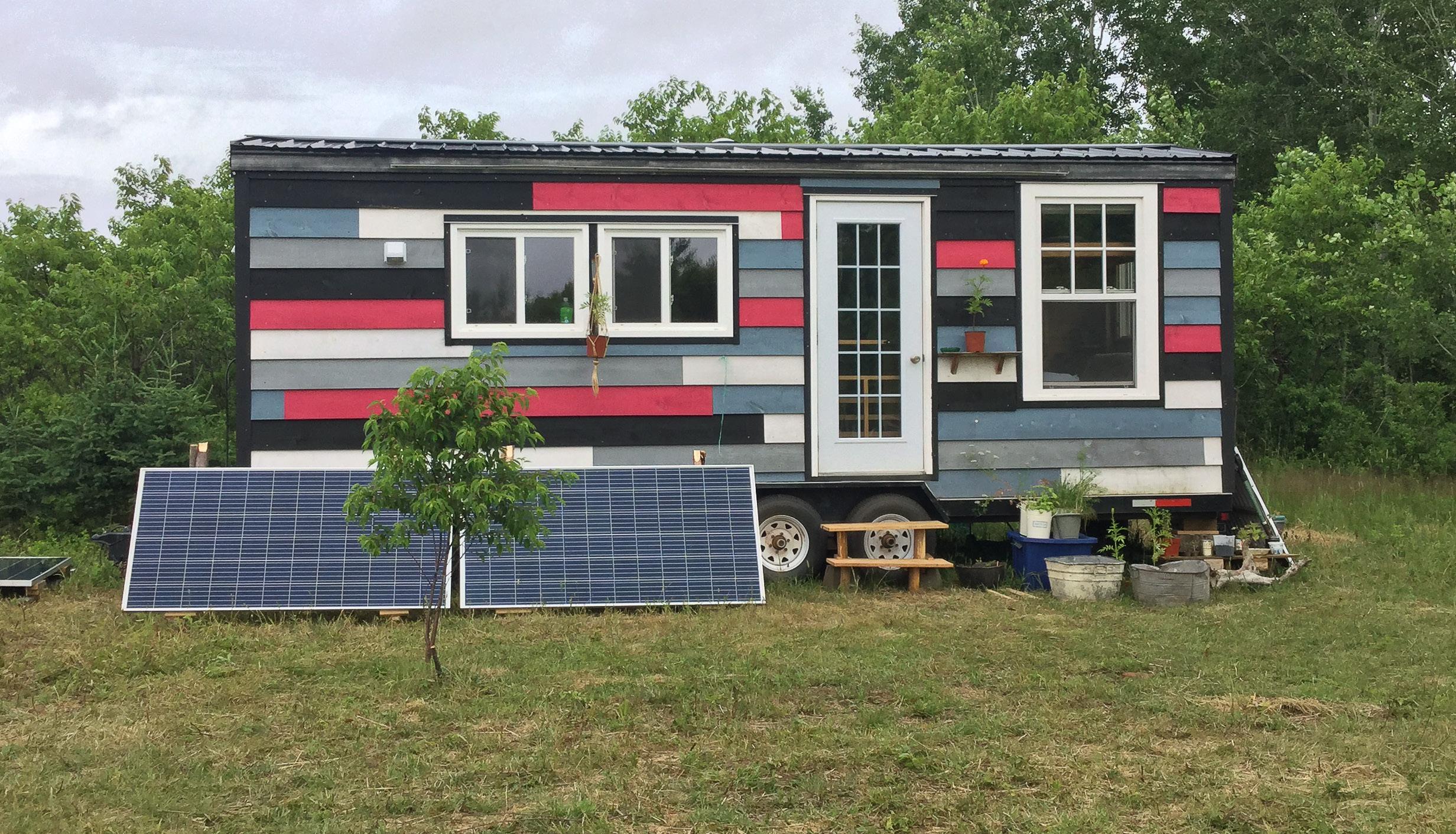
10 minute read
In Depth: Finding a home for your tiny home
BY JANET WHITMAN
Finding a home for your tiny home
Tiny homes are becoming a big deal in Atlantic Canada, but you can’t just plunk them down wherever you want
Red tape abounds when it comes to finding allowable locales for tiny homes, which are often built on flatbed trailers with wheels and run about 2.6 metres by 6.8 metres (anything wider requires a special permit to move on the roads). Restrictions and regulations vary from municipality to municipality, town to town, and, sometimes, from civil servant to civil servant.
Chadwick Dunsford says he and his girlfriend, Sarah Bulman, initially thought about building a tiny home on wheels (a THOW in tiny-house lingo) and parking it in a friend’s yard in or near Charlottetown. “We both work in town, so it would be convenient,” says the P.E.I. native. “But bylaw officers will shoo you away pretty quick.”
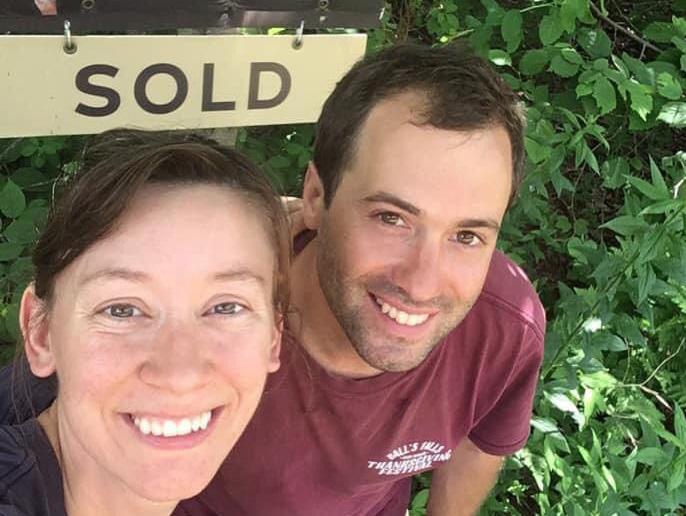
PHOTO: CONTRIBUTED
Chadwick Dunsford and Sarah Bulman cleared the space for their 24ft tiny home by hand. They positioned the home south facing to make the most out of the sun for their solar panels and did their best not to interrupt the natural rhythm of the area.
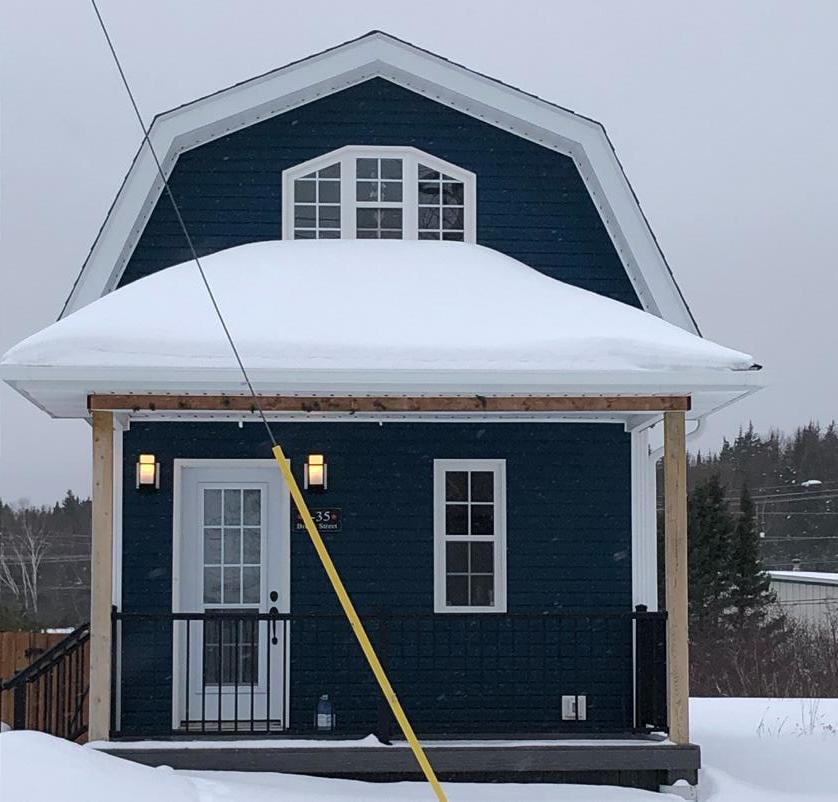
PHOTO: CONTRIBUTED
Above: Maria Churchill and her partner, Genny Duffenais, moved into the subdivision two years ago. Right: The couple’s home, which they designed themselves, is 580 square feet.
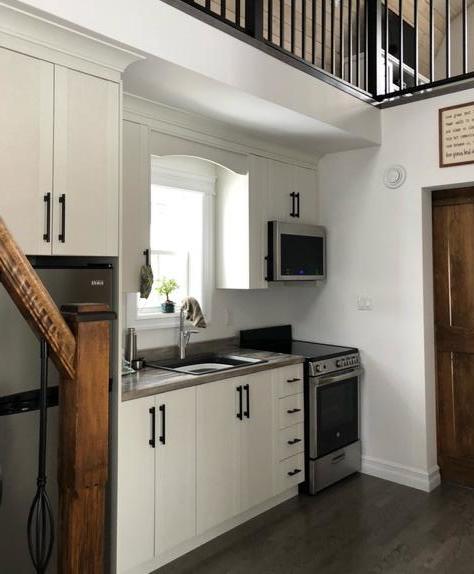
The couple opted instead to buy land out in the country, a half hour’s drive from Charlottetown, where, Dunsford says, “no one bugs you.” They found a tiny home for sale, hauled it to the property and lived there off-grid—with solar power, a wood stove, propane range, and a compost toilet—for six months before deciding to rent in town for a few months to avoid the daily commute over winter roads.
“We’re now on a ‘convenience break,’” says Dunsford. “We still go out most weekends. We’ll be back out fulltime [soon]. We enjoy the country life.”
Tiny-house builders and owners recommend researching before choosing a location.
“People ask me that a lot,” says Saint John, N.B. contractor Leo Girouard, who started Wee Bitty Builders with his wife Karen in 2016. “Each municipality has a different set of rules. It can depend on the person you talk to. Like any civil servant, some are helpful, some are not.”
Opportunities are opening up, he adds. “Every year, it’s getting easier and easier. We’ve had pretty good luck. Once you get in a district, they can’t really turn away the next person.”
Jess Puddister and Tim Ward weren’t so lucky. After the couple parked their tiny home on a property they bought in Pouch Cove (about 30 kilometres north of St. John’s, N.L.), the town took them to court, saying the structure was too small to qualify as a house.
Two years later, in 2020, the couple gave up, sold the land and sold the tiny home to someone who wheeled it away to an unincorporated area of rural Newfoundland. “It was actually quite a traumatic time,” says Puddister. “I’ve had to really focus on letting go of that dream and moving on.”
Just over 750 kilometres away, on the opposite coast, Stephenville rolled out a welcome mat for tiny homes. After a pitch from a local developer looking to create a 13-lot tiny home subdivision, the town amended a bylaw to shrink the minimum dwelling size.
“Some people still want million-dollar mansions and that’s fine,” says Stephenville Mayor Tom Rose. “But for those who are trending towards tiny homes, we wanted to be innovative and leaders.”
There is a catch. The homes can’t be on wheels. The foundation requirement is for aesthetic reasons, says Rose. Tiny homes on wheels also are considered RVs, so not subject to the same tax code, and, in most jurisdictions, not permissible to live in year-round.
Stephenville Deputy Fire Chief Maria Churchill and her partner, Genny Duffenais, moved into the subdivision two years ago.
“Basically, over the last six or seven years we’ve been downsizing,” says Churchill. “We had a three-level home, then we built a 1,000-square-foot home and after the children got older and moved out, we decided to downsize even more.”
The couple’s home, which they designed themselves, is 580 square feet.
“I know it’s not for everybody, but for us we’re very pleased,” says Churchill.
Besides saving big on monthly bills, such as electricity and heat, the home is a significant timesaver too, she says. “It only takes 15 minutes to clean.”
The smaller footprint also meant they could splurge on custom cabinetry with locally sourced juniper wood and live birch shelving, as well as pricy composite decking for both their back and front porches to avoid the need for perennial paint jobs.
Kerry Roberts Keogh and her husband Bob Keogh are seeking permission to create an off-grid tiny house community on a 0.6-hectare plot they bought near Saint Ann, P.E.I. to build their retirement home.
They came up with the idea to rent out spots for eight tiny homes on the land after watching YouTube videos on the craze. “We were like, we’ve got land and there are no restrictions, so no reason it can’t happen,” she says.
But so far, regulations only permit one tiny home on the land, she says. “No one wants to say yes. I’d understand if it was an eyesore. Tiny homes are so cute.”
Tim Schuit, owner of Halifax-based builder Nova Tiny Homes, has been getting a lot of interest in backyard suites in the city since regional council approved a bylaw for the separate dwellings. “There are a lot of rules in play,” he says. “Basically, it’s a mini house on a foundation.”
A test run
Tiny home building hobbyist Nigel Mailman says TV shows and YouTube videos have glamourized tiny-house living.

PHOTO: CONTRIBUTED Left: Tiny homes bring nature up close. This one boasts an outdoor firepit from Nova Tiny Homes. Above: A 5” x 6” window bathes the home in natural light.
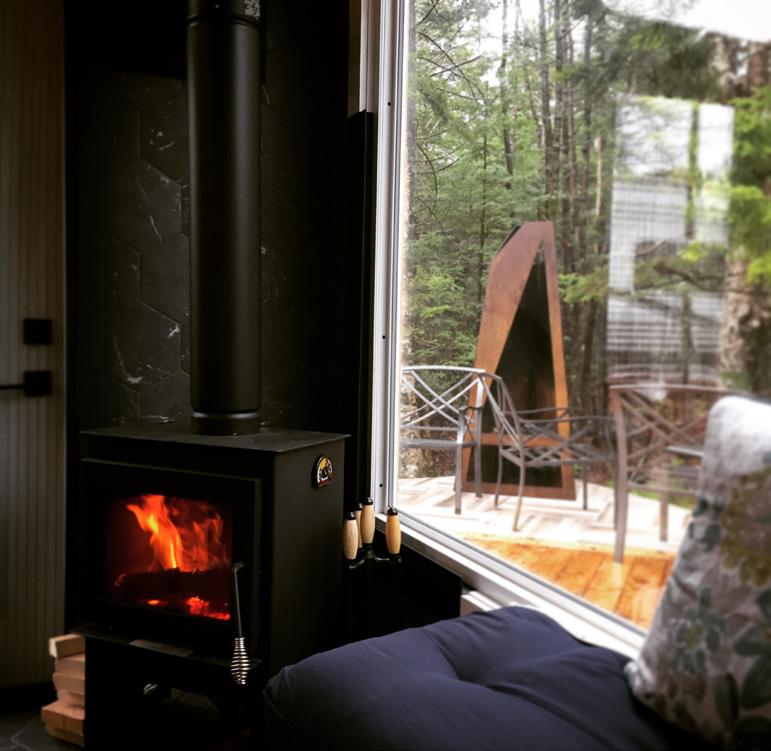
PHOTO: CONTRIBUTED
“TV shows haven’t really painted a realistic picture of building budgets and living in them,” says Mailman, a Dartmouth, N.S. schoolteacher who spends weekends and summers with his wife and two kids at their tiny home, a 30-minute drive outside of Bridgewater on Molega Lake. “You see a lot of stuff on TV where people have built homes for $15,000 and live there with two or three kids. You never see how long that lasted for them. And you can barely get a trailer for $15,000.”
Mailman, who builds tiny homes for fun with his retired contractor father in Boutiliers Point, says he and his wife could live quite comfortably year-round in a tiny home on their own, but not with two kids.
For those mulling the move, but not sure the 250-square-foot lifestyle is a good fit, testing out a tiny home is an option. Giouard says half the homes he’s built are being rented out on Airbnb.
How much
The cost to buy a tiny home starts at about $50,000 and can run as high as $200,000, depending on finishes.
Wee Bitty Builders charges between $55,000 and $60,000 for a basic model that includes compost toilet, wood stove, and propane. “Where else can you get a starter home for that these days?” says Girouard.
Dunsford and Bulman bought their tiny home, cobbled together with second-hand materials, for $25,000. “Ours is pretty basic,” says Dunsford. “It’s very simple and it’s amazing.”
The next big thing in tiny houses
Roger Gallant downsized to a tiny home six years ago and started building for others with a mission to show how simple, ecological and low-cost tiny home living can be.
With the price of flatbed trailers climbing, he shifted last year to building with shipping containers, selling his tiny home to Dunsford and Bulman.
“For $5,000 you can have something delivered with an outer shell done. All you have to do is frame the inside,” says the owner of Eco Enviro Builders on P.E.I. “I’m trying to get back to basics of what a tiny home was, not a $100,000 monster. It’s homes for people who maybe won’t ever be able to afford a regular home, or maybe don’t want one.” o
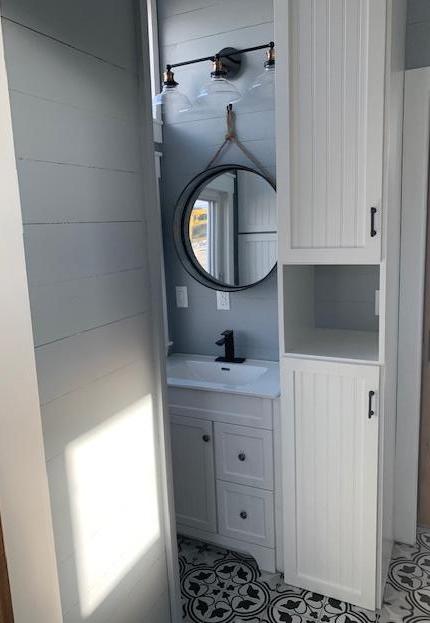
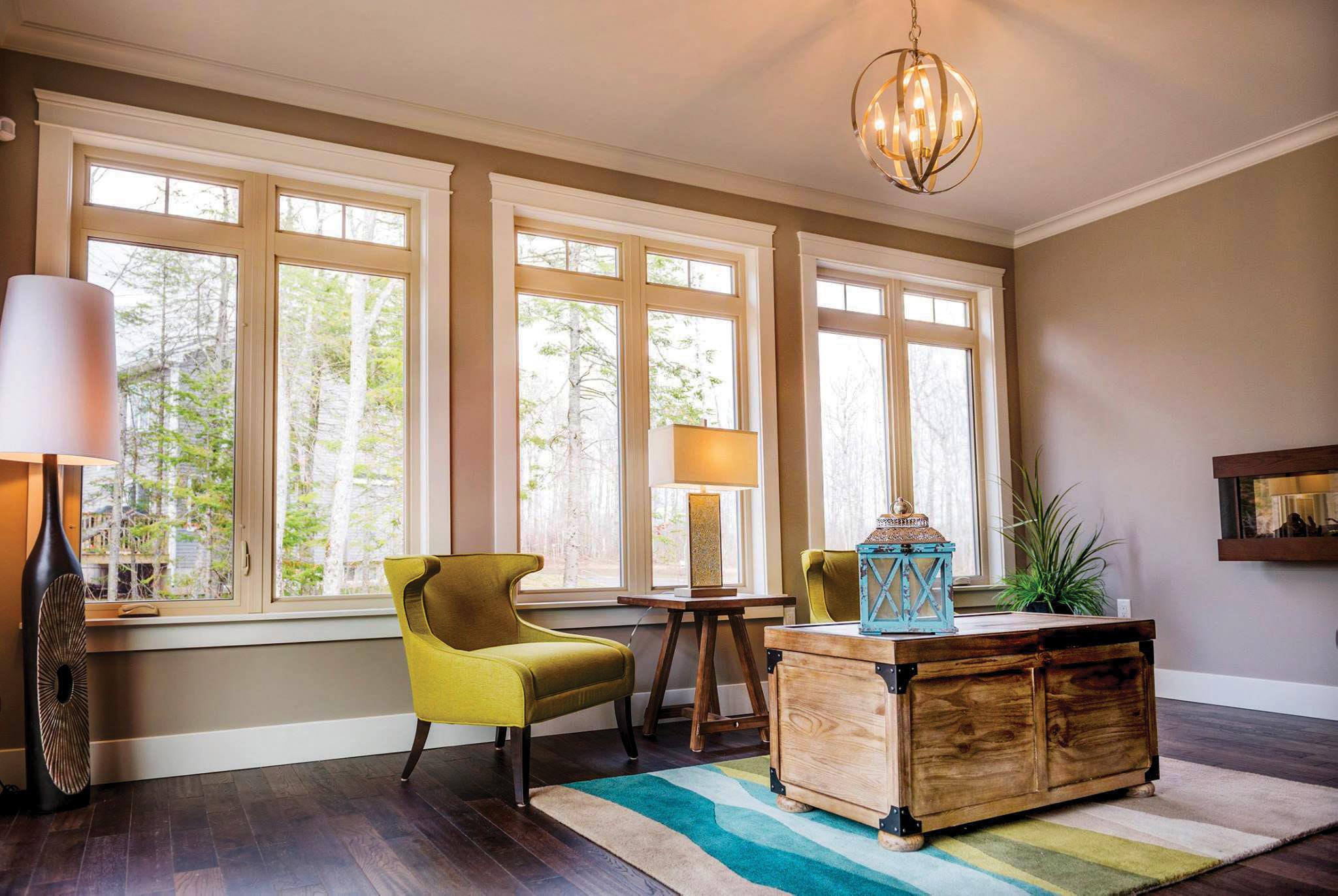
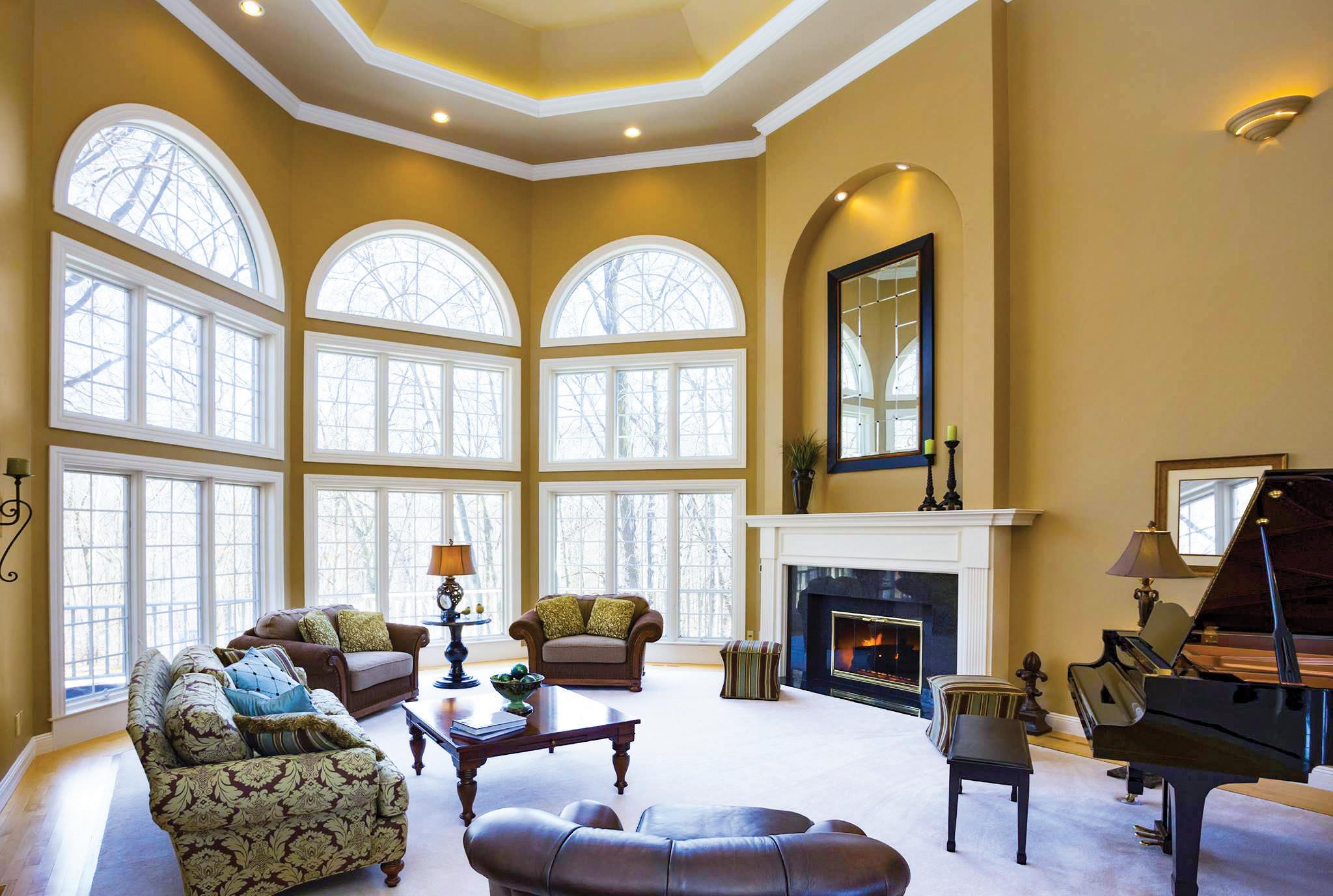
Atlantic Canadians don’t need to look beyond their borders to find cutting-edge windows. Locally owned and operated Atlantic Windows has been a trailblazer since opening its doors in 1983.
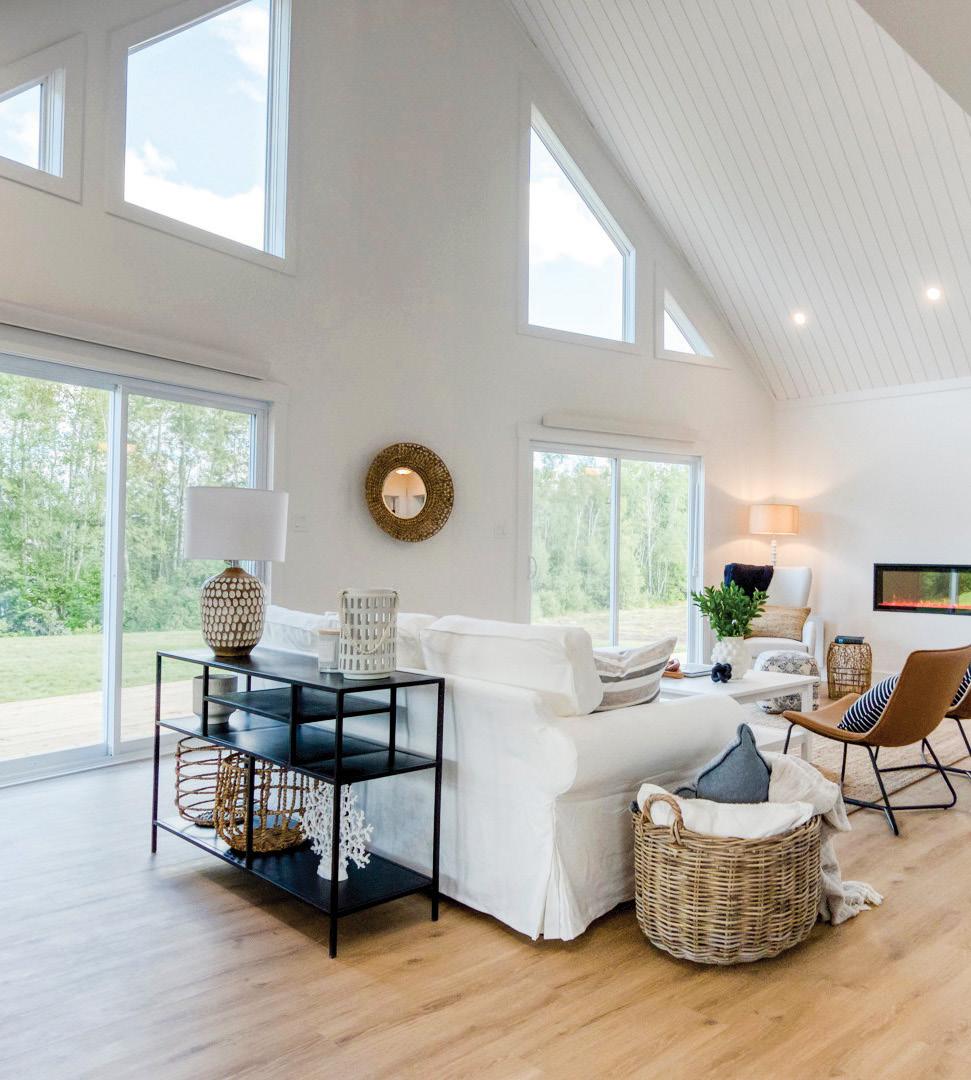
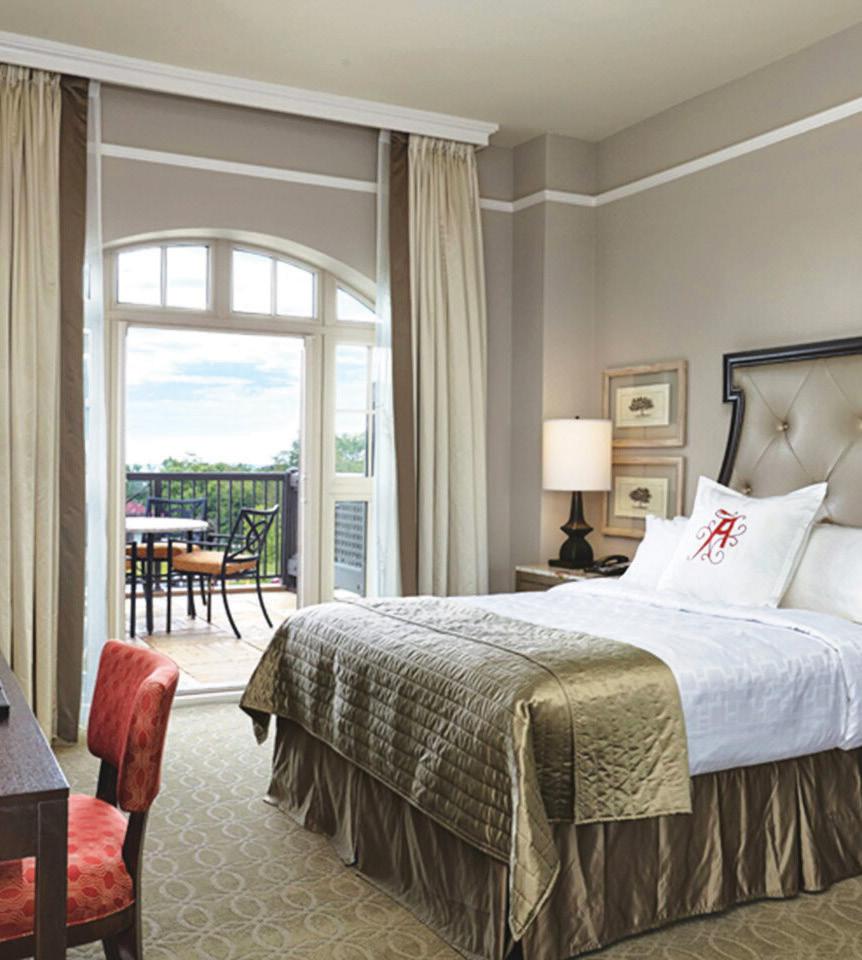

atlanticwindows.com
The business was the brainchild Alain Anctil, an industrial plumber in rural New Brunswick who noticed Europe’s burgeoning PVC window business and thought, “Why not here?” He bought the old community centre in Port Elgin, N.B. and became one of the first PVC window manufacturers in eastern North America.
The innovation hasn’t stopped there at the company’s window-manufacturing facility in Port Elgin, or, down the road in Amherst, Nova Scotia, where its entrance systems are made.
Atlantic Windows was the region’s first Energy Star-approved manufacturer and the winner of the “2010 Crystal Achievement Award” for most innovative plant in North America.
The company developed the first high-performance steel entrance system to be CSA tested in Atlantic Canada. Other ground-breaking products include the Bermuda all-PVC swing door, which has been tested and proven to withstand hurricanes, an Attic Access with a R50 rating and the Overture Folding Door, a fully retractable alternative to standard patio doors.
It’s latest evolution is the new Summit Collection. Designed and built by Maritimers, the windows maximize performance, efficiency and aesthetics – exceeding all Energy Star and building code performance requirements without compromising style.
Harsher climates, driving coastal winds and rain, cold winters, and hot summers have fueled the company’s push to create better-performing windows and doors.
Owned by Antigonish building supply entrepreneur Steve Smith and his family since 1997, Atlantic Windows and its 275 employees believe in a greener future.
Beyond providing customers with top energy-performing products to help improve the efficiency of their homes, the company’s day-to-day operations reflect a sustainable manufacturing pledge. More than 500 tonnes of recycled materials such as PVC, wood, glass, cardboard, poly, aluminum, metal, and paper are diverted from landfill every year. Atlantic Windows also partners with suppliers that use less or reusable packaging, have recycling programs or use recycled content in their raw materials.
“By adopting new policies and implementing energy efficient products in our factories, energy consumption has been reduced by 5% and heating costs are down 15%,” says Dickie.
Atlantic Windows is a proud participant in the Energy Star program, which reflects the aggressive aspirational goals for carbon reduction set forth in the Paris Accord.
With 38 years under its belt, Atlantic Windows has perfected a weekly shipping schedule to distribute its products through its partner dealers throughout New Brunswick, Nova Scotia, Prince Edward Island and Newfoundland. The focus on quality and special climate needs has also found markets for the company’s products in Ontario and Quebec, as well as internationally in Bermuda, Jamaica, Barbados, the Bahamas, Ireland, Iceland and Japan.
“Our philosophy since day one is ‘We can always do better!’ which drives Atlantic Windows to continuously improve,” says Dickie. “Whether it is a vinyl window, a steel entrance system or any other products, Atlantic Windows continues to look for ways to manufacture more cost effectively with enhanced quality and shorter lead times while considering our impact on the environment.”




